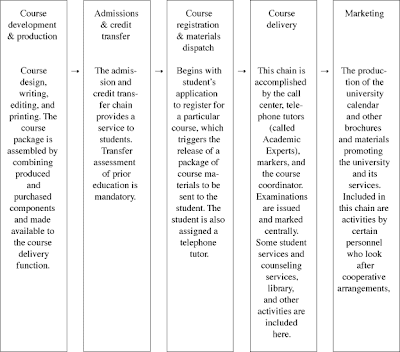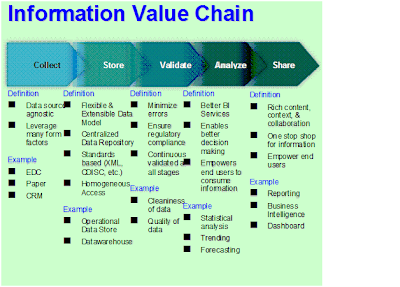The following is a sample of the value chain for common manufacturer.
Editorial :
Although the value chain has been in the public domain for over 20 years, it’s not often used expressly as part of the strategy development process. This could be because managers aren’t always sure how to go about developing one or are suspicious of the insight the analysis actually provides. To creating one, the most basic way is to simply catalog the activities an organization performs as is the case in a Picture. This provides an initial way of understanding what an organization does and more specifically, where it might differentiate within the value chain to achieve advantage over competitors. The base version can then be contrasted to competitor value chains, which can be created as separate analysis as well. As the value chain sample is incrementally built up over time, total costs can be identified for each activity. Then, depending costs can be identified on a per unit basis - which is the ultimate goal of the analysis. Again, this can be done for competitors as well. When complete, a solid understanding of relative cost position will have been gained from which effective strategies can then be created.
• Infrastructure of the firm:
o Organizational structure, control systems, company culture, etc.
• Human resource management:
o Employee recruiting, hiring, training, development and compensation.
• Technology development:
o Technologies to support value-creating activities.
• Procurement:
o Purchasing inputs such as materials, supplies, and equipment.
Primary Activities: These activities are the direct, value creating activities of the firm. Bringing raw materials into an organization, manufacturing a product or service, distributing it as well as marketing, selling and servicing the product are considered primary activities.
• Inbound Logistics:
o The receiving and warehousing of raw materials, and their distribution to manufacturing as they are required.
• Operations:
o The processes of transforming inputs into finished products and services.
• Outbound Logistics:
o The warehousing and distribution of finished goods.
• Marketing & Sales:
o The identification of customer needs and the generation of sales.
• Service:
o The support of customers after the products and services are sold to them.
Porter distinguishes between primary activities and support activities. Primary activities are directly concerned with the creation or delivery of a product or service. They can be grouped into five main areas: inbound logistics, operations, outbound logistics, marketing and sales, and service. Each of these primary activities is linked to support activities which help to improve their effectiveness or efficiency. There are four main areas of support activities: procurement, technology development (including R&D), human resource management, and infrastructure (systems for planning, finance, quality, information management etc.).




